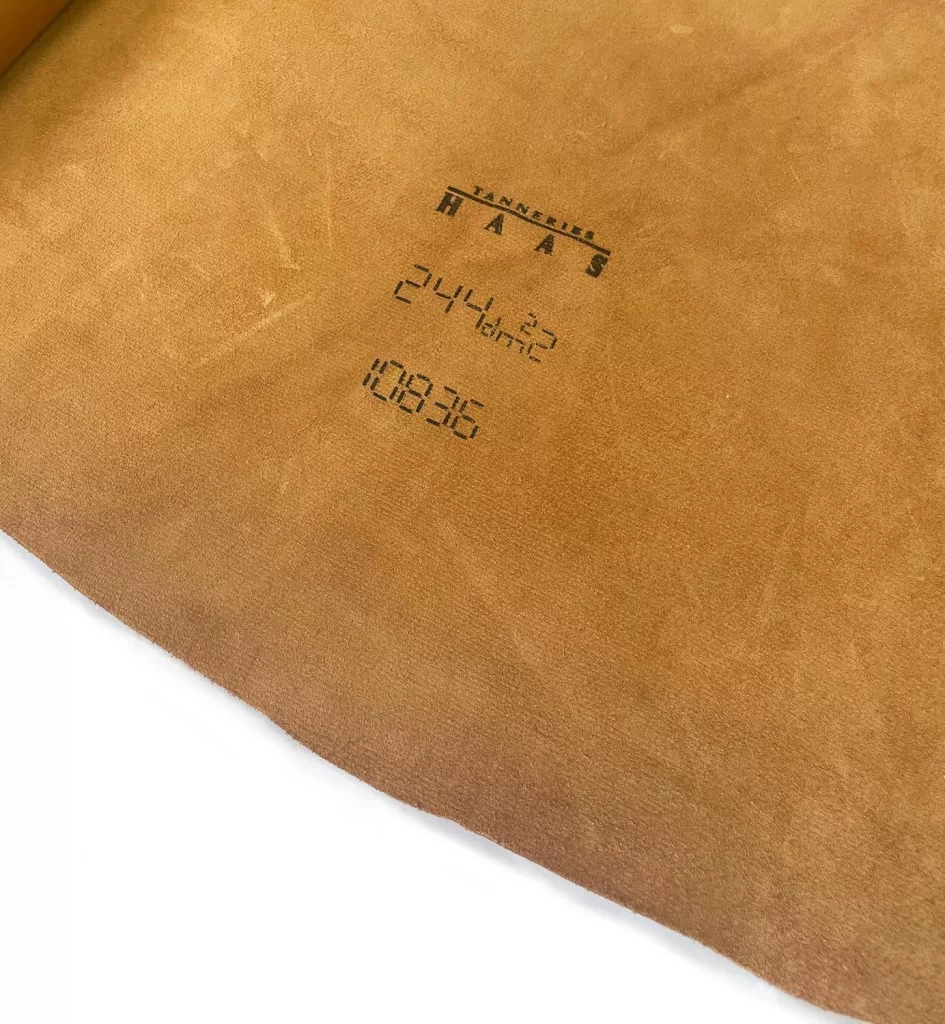Zermatt Calf Leather: The Quiet Strength Behind Luxury Watch Straps
Tanneries Haas, located in the picturesque Alsace region of France, has been producing some of the world’s finest leathers since its founding in 1842. The story began when Aloise Haas acquired a spinning mill which he converted into a tannery. He also constructed a diversion canal onto the nearby Andlau river.
In 1900, his son Alfred started up production of Box-Calf, a chrome-tanned calf leather, and the family-owned tannery has since built its reputation on a commitment to traditional craftsmanship and meticulous attention to detail.

By combining old-world methods and contemporary processes Tanneries Haas creates some of the most sought-after leathers in the fashion and luxury industries. Patek Philippe, Hermès, and Chanel are among the top luxury brands who prize the softness, durability, and beauty of Haas premium materials made from European calf skins. Out of all their leathers, one stands out in particular for watch enthusiasts: Zermatt calf.
It is made through a chrome tanning process and has become famous for its use in luxury watch straps as a lining leather. Now, while chrome tanning might not have the same romantic, old-world charm as vegetable tanning, in this case, it’s the perfect choice.
The chrome tanning process gives the leather a consistent softness, strength, and flexibility, which is essential for something like a watch strap that needs to be both comfortable against the skin and tough enough to withstand daily wear.

The thing about Zermatt is that it’s not just any leather. It’s hypoallergenic, which means it won’t cause irritation, even if worn directly against the skin for extended periods. This is a big reason why it’s favored for luxury watch strap linings. The leather is also resistant to moisture, an important trait for a strap that’s going to be exposed to sweat and varying conditions throughout its life. It is made to last and stands the test of time.
Tanneries Haas has carefully honed their process over decades, ensuring that every piece of Zermatt leather has the same exceptional quality. In collaboration with suppliers, the tannery has set up an individual traceability of all their skins using a technique of laser engraving, thus guaranteeing that customers know the origin of the leather.
The chrome tanning process might be quicker than vegetable tanning, but that doesn’t mean it’s a shortcut in this case. Zermatt calf maintains its shape and softness over time, resisting the kind of stretch and deformation that can affect lower-quality leathers.
Tanneries Haas has stayed true to their roots in Alsace, balancing traditional craftsmanship with modern techniques to produce leather that is as functional as it is beautiful. And while they work with various tanning methods and types of leather, Zermatt calf stands out for its specific qualities.
It’s a leather that quietly performs, offering the kind of long-lasting comfort and resilience that people expect from the best. And in a world where details matter, those qualities are what make Zermatt leather, and Tanneries Haas, truly exceptional.